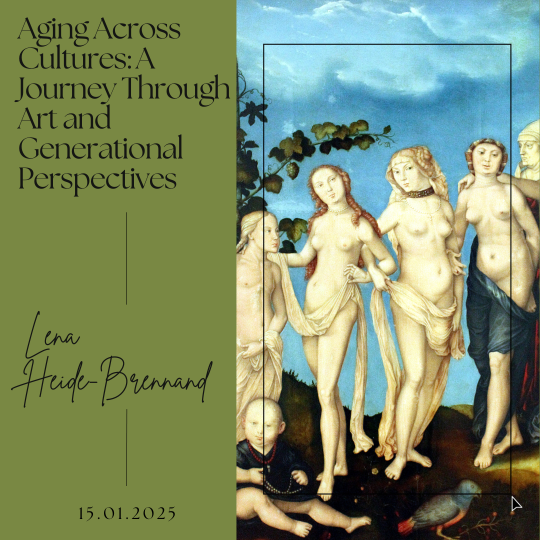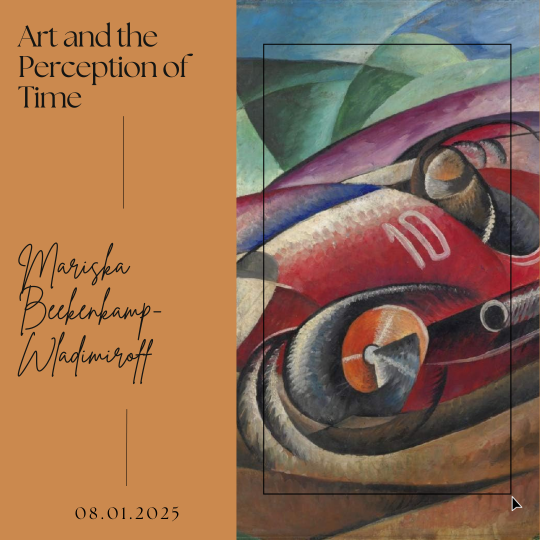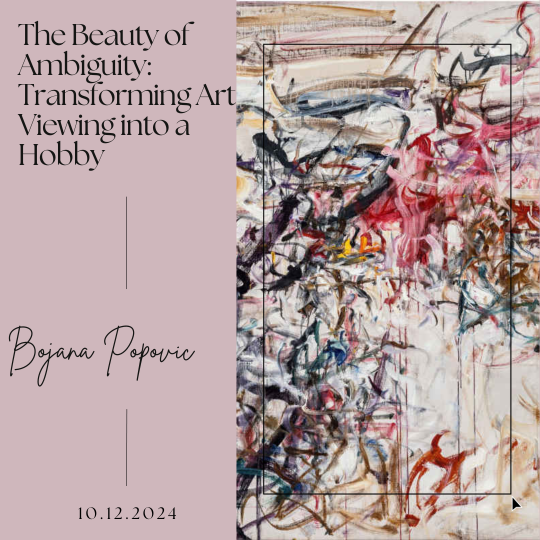Video Games, The Ultimate Artistic Entertainment
written by art historian & curator
Humanity has used creativity for millennia as an outlet to express emotions and provoke thought. Traditional art forms like painting, sculpture, music, and literature have been people’s most significant cultural outcomes. However, as society evolves, so does the concept of art. What if the Sistine Chapel ceiling could change its story as you walked beneath it? What if a Beethoven symphony responded to your emotions, or a Hemingway novel reshaped itself based on your decisions? These are no longer hypothetical questions; they are the living reality of video games. As the most interactive medium ever created, video games transform how we play and redefine how we experience art.
Videos you may enjoy as well:
Video games have introduced a new frontier—interactive digital experiences that blur the lines between art and entertainment. However, there is a question in academic circles about whether video games are art or just pure gaming. This debate is rooted in perceptions of triviality and depth within the medium. So are video games merely escapist entertainment, or are they the 21st century’s most innovative form of art—blending storytelling, visuals, music, and interactivity in ways no other medium can?
The Fusion of Mediums
What makes video games unique is their ability to mix diverse artistic disciplines into a single, cohesive experience. Visually speaking, many games employ a painterly aesthetic, creating evocative landscapes that feel like living canvases. Similarly, music and sound design in games elevate the storytelling experience. Consider Hollow Knight, where its haunting orchestral soundtrack complements the melancholic tone of its hand-drawn visuals. These elements come together to form a cohesive atmosphere, making the game an audio-visual masterpiece.
The narrative component of video games rivals literature and cinema in its ability to engage and move audiences. Titles like The Last of Us and Red Dead Redemption 2 deliver layered stories filled with complex characters, moral ambiguity, and emotional depth. The medium’s storytelling is unique because it immerses the player in a way that film or books cannot: as an active participant rather than a passive observer. This is what some people believe sets video games apart from traditional art forms. In video games, the players are not merely spectators; they are co-creators. Open-world games like The Legend of Zelda: Breath of the Wild epitomize this concept, allowing players the freedom to explore and craft their own stories within the game’s world. The players’ decisions shape their experience, making each playthrough a deeply personal journey. This interactivity extends to games like Minecraft, a digital sandbox for limitless creativity. Players design sprawling cities, intricate machines, or even replicas of real-world architecture. In these instances, the game becomes a framework for artistic expression, empowering players to create and share their visions.
Technological Innovation as an Artistic Tool
Video games thrive on technological innovation, which often drives the evolution of their artistry. Developments like virtual reality (VR) and real-time ray tracing have opened new dimensions for creators. VR games such as Half-Life: Alyx immerse players in hyper-realistic environments, where the boundaries between reality and fiction blur. The tactile sensation of interacting with the game world through motion controllers elevates the medium to a new level of experiential art.
Similarly, ray tracing technology, which simulates the behavior of light, adds breathtaking realism to games. Titles like Cyberpunk 2077 and Control use this feature to create visually stunning worlds, where light reflections and shadows add depth and mood that enhance storytelling. These technological advances improve aesthetics and serve as tools for emotional and narrative expression.
The ”Triviality” Perspective
Critics of video games as art often point to their recreational nature. Many games prioritize competition, and skill mastery, or are simply providing fun, which can make them seem trivial compared to traditional art forms. Let’s take the commercial focus of the industry. Many games are designed with profitability in mind, focusing on trends like loot boxes, multiplayer modes, or flashy graphics, often sidelining artistic ambition. Or escapism, where games are often seen as escapist entertainment, appealing to instant gratification rather than deep reflection. And of course, the simplistic narratives when some games rely on predictable stories or superficial aesthetics. In this case, the video games may lack the depth associated with ”high art”. This focus on entertainment can lead some to view video games as mere ”toys” rather than artistic achievements.
On the other hand, many argue that video games are not only art but a unique form of it, capable of blending traditional disciplines with interactivity. Consider the expressive intent. Just as films or novels can entertain and provoke thought, so can games. Titles like Journey and Shadow of the Colossus are designed to evoke emotions, explore philosophical themes, and immerse players in their artistic vision. Also, some of them have aesthetic value, where their creators showcase exquisite craftsmanship in visuals, sound, and narrative, elevating them to the realm of art. A last point is the player agency, where interactivity allows players to co-create meaning, making video games a personal adventure.
The idea that games must be either art or pure gaming could be a false dichotomy. Like other media, games exist on a spectrum. Some are designed purely for fun (like Tetris), while others strive for artistic expression (Gris or Kentucky Route Zero). Many games balance both, blending entertaining mechanics with profound themes (Celeste and Undertale come to mind). Art and entertainment are not mutually exclusive. If a blockbuster movie can still be art, so can entertaining video games. In fact, gaming’s ability to merge the two could be one of its most representative strengths. The joy of playing Portal, for example, comes from solving puzzles but also from experiencing its clever writing and innovative design.
The triviality of video games depends on how they are approached and interpreted. They encompass as a medium both art and gaming, with their most remarkable works existing at the intersection. Triviality lies not in the medium itself but in how deeply we engage with its possibilities. Video games can be playful, profound, or both—reflecting the diverse ways humans create and connect.
Cultural Impact and Recognition
The artistic value of video games has not gone unnoticed. Increasingly, they are being recognized by cultural institutions and celebrated in academic circles. Museums worldwide, including the Museum of Modern Art (MoMA) in New York, have showcased video games as part of their collections. Exhibitions highlight the artistic design, storytelling, and cultural impact of games like Pac-Man, The Sims, and Shadow of the Colossus. Moreover, video games have influenced other art forms. Film directors and authors draw inspiration from the storytelling and world-building techniques of games. For example, the richly layered universe of The Witcher series inspired a successful Netflix adaptation. The interplay between video games and other media demonstrates their artistic potential.
Despite their artistic merits, video games face skepticism from traditional art critics and institutions. As we’ve seen, some argue that their primary purpose is entertainment, not artistic expression. However, this critique overlooks the fact that many classical art forms, from theater to opera, were once dismissed as mere entertainment. Looking forward, the future of video games as art is limitless. Artificial intelligence is poised to revolutionize the medium, enabling procedurally generated stories and worlds tailored to individual players. Imagine a game that evolves dynamically based on your choices, creating a unique narrative that exists nowhere else. This potential to personalize art underscores video games’ capacity to innovate beyond traditional boundaries.
In the words of Hideo Kojima, the visionary behind Metal Gear Solid: ”Games are not a form of entertainment, but a form of art”. This feeling echoes the growing recognition of video games as an art form that shapes culture and inspires generations. Video games are a synthesis of artistic disciplines, a canvas for creativity, and a vessel for storytelling. They engage players on emotional, intellectual, and creative levels, offering experiences that are as varied as they are profound. As technological advancements continue to expand the possibilities of the medium, video games solidify their position as the ultimate artistic entertainment—a testament to human creativity in the digital age.







Leave a Reply